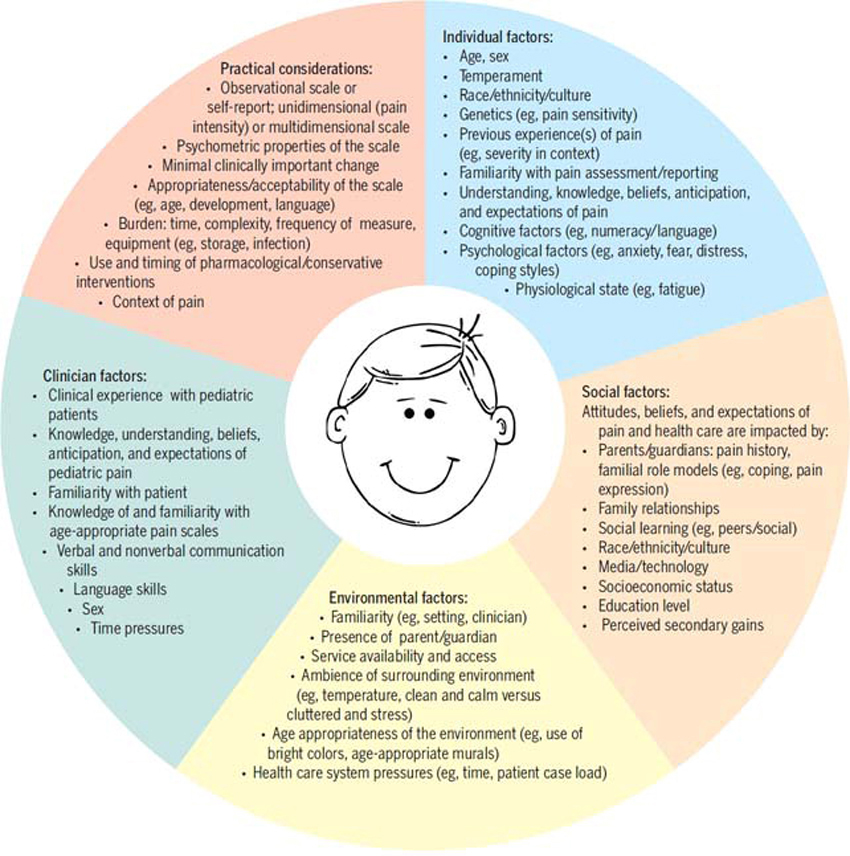A Randomised Controlled Trial of Preventive Spinal Manipulation with and without a Home Exercise Program for Patients with Chronic Neck Pain
SOURCE: BMC Musculoskelet Disord. 2011 (Feb 8); 12: 41
Johanne Martel, Claude Dugas, Jean-Daniel Dubois, and Martin Descarreaux
Département de Chiropratique,
Université du Québec à Trois-Rivières,
Trois-Rivières G9A 5H7, Canada.
Background: Evidence indicates that supervised home exercises, combined or not with manual therapy, can be beneficial for patients with non-specific chronic neck pain (NCNP). The objective of the study is to investigate the efficacy of preventive spinal manipulative therapy (SMT) compared to a no treatment group in NCNP patients. Another objective is to assess the efficacy of SMT with and without a home exercise program.
Methods: Ninety-eight patients underwent a short symptomatic phase of treatment before being randomly allocated to either an attention-group (n = 29), a SMT group (n = 36) or a SMT + exercise group (n = 33). The preventive phase of treatment, which lasted for 10 months, consisted of meeting with a chiropractor every two months to evaluate and discuss symptoms (attention-control group), 1 monthly SMT session (SMT group) or 1 monthly SMT session combined with a home exercise program (SMT + exercise group). The primary and secondary outcome measures were represented by scores on a 10-cm visual analog scale (VAS), active cervical ranges of motion (cROM), the neck disability index (NDI) and the Bournemouth questionnaire (BQ). Exploratory outcome measures were scored on the Fear-avoidance Behaviour Questionnaire (FABQ) and the SF-12 Questionnaire.
Results: Our results show that, in the preventive phase of the trial, all 3 groups showed primary and secondary outcomes scores similar to those obtain following the non-randomised, symptomatic phase. No group difference was observed for the primary, secondary and exploratory variables. Significant improvements in FABQ scores were noted in all groups during the preventive phase of the trial. However, no significant change in health related quality of life (HRQL) was associated with the preventive phase.
There are more articles like this @ our:
Conclusions: This study hypothesised that participants in the combined intervention group would have less pain and disability and better function than participants from the 2 other groups during the preventive phase of the trial. This hypothesis was not supported by the study results. Lack of a treatment specific effect is discussed in relation to the placebo and patient provider interactions in manual therapies. Further research is needed to delineate the specific and non-specific effects of treatment modalities to prevent unnecessary disability and to minimise morbidity related to NCNP. Additional investigation is also required to identify the best strategies for secondary and tertiary prevention of NCNP.
From the Full-Text Article:
Background
Non-specific neck pain is frequent, with an annual prevalence estimated to be 30% to 50%. [1] Often persistent or recurrent, neck pain is still being reported by 50% to 85% of patients 1 to 5 years after initial onset [2]. Its course is usually episodic, and improvement is of variable degrees between episodes, but complete recovery is unusual for most patients [3]. Manual therapy (mobilisation or manipulation), exercise intervention, low-level laser therapy and, to a lesser extent, acupuncture, are more effective than no treatment, sham, or alternative interventions to stop episodes of neck pain. None of these strategies is, however, superior to any other [4]. Evidence also indicates that supervised exercises with or without manual therapy are better than usual or no care [4] and that a multimodal care approach combining exercise with manual therapy seems to be beneficial for non-specific chronic neck pain (NCNP) [5]. Based on care episodes of 6 to 8 weeks with various blends of non-invasive interventions, [4] no particular course of care improves the prognosis or appreciably affects the natural history of neck disorder or its recurrence. Evidence for the effectiveness of neck pain prevention strategies is therefore lacking.
Read the rest of this article now!





Leave A Comment